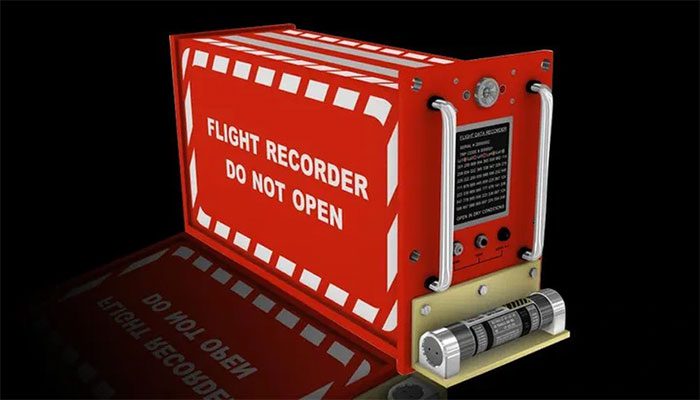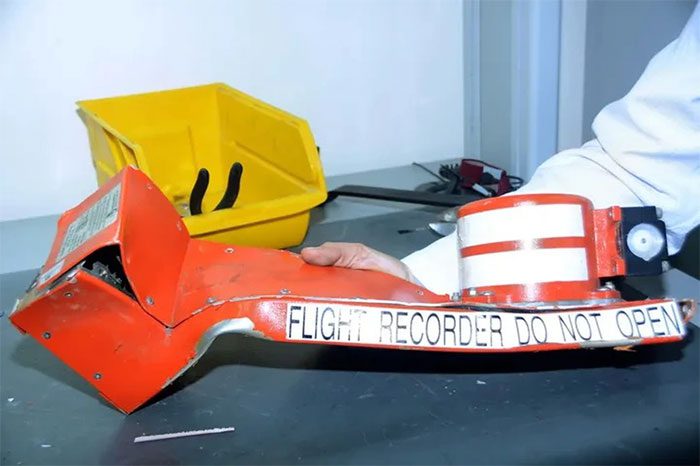The airplane black box is a mysterious entity in aviation, and its name raises questions: Why is such an important safety device not displayed in black, and how is it durable enough to survive accidents while remaining intact?
Why the Black Box is Not Actually Black
The airplane black box, also known as the Flight Data Recorder (FDR), is a crucial device on an aircraft that records various data throughout the flight to facilitate accident recovery and analysis of the causes after an incident. Despite being called a “black box,” its actual color is not black, which piques people’s curiosity. So why is it not black? What design idea lies behind it?
To explain why the airplane black box is not black, we need to clarify where the name “black box” originates. In fact, the black box was first invented in 1965 by Australian astronomer David Warren, with the purpose of recording and storing flight data information. At that time, David referred to it as the “Flight Recorder”, not as the “black box” as it is commonly called today.

Called a black box, but it is not actually black.
Why is the Black Box So Durable?
The airplane black box is one of the most important tools in aviation accident investigations. It is designed to withstand shock and heat under extreme conditions to ensure accurate recording of airplane accidents.
The primary function of the black box is to record data and sounds from the airplane so that investigators can understand the causes of the accident. Given the numerous dangerous factors encountered during flights, such as collisions, fires, and floods, the black box must be able to withstand high shock and temperature in these harsh conditions to ensure data integrity.
The black box is typically encased in a solid titanium alloy shell. This metal is known for its excellent strength and corrosion resistance, effectively enduring impacts and explosions. The main components inside the black box also utilize shock-resistant designs such as rubber seals and shock-absorbing materials to cushion impact forces.
The black box must be capable of keeping data readable at extremely high temperatures. To achieve this, the inside of the black box is coated with specially designed high-temperature resistant materials like ceramics and polyimides. These materials maintain low thermal conductivity under extreme temperatures and protect the internal electronic components from damage.

The black box is an important tool for aviation accident investigations.
The black box must have excellent sealing properties to prevent water ingress and oxygen intrusion. The outer shell of the black box often employs sealing technology to ensure that the outer casing is completely sealed, while also using special coatings such as waterproof and anti-oxidation to further enhance sealing performance.
To ensure the durability of the black box, manufacturers conduct various tests. For example, they perform vibration, shock, and high-temperature tests to simulate real aviation accident conditions and ensure the black box can withstand these circumstances. Through these rigorous tests, manufacturers can ensure the quality and reliability of their black boxes.
Airplane black boxes are so robust that they are primarily designed to record important data and sounds during aircraft accidents. By utilizing sturdy casings, high-temperature resistant materials, excellent sealing properties, and rigorous testing, the black box can remain intact under extreme conditions, providing investigators with accurate information to uncover the truth behind accidents. These remarkable designs and technologies make the black box an essential tool for aviation accident investigations and significantly contribute to improving safety in aviation.


















































